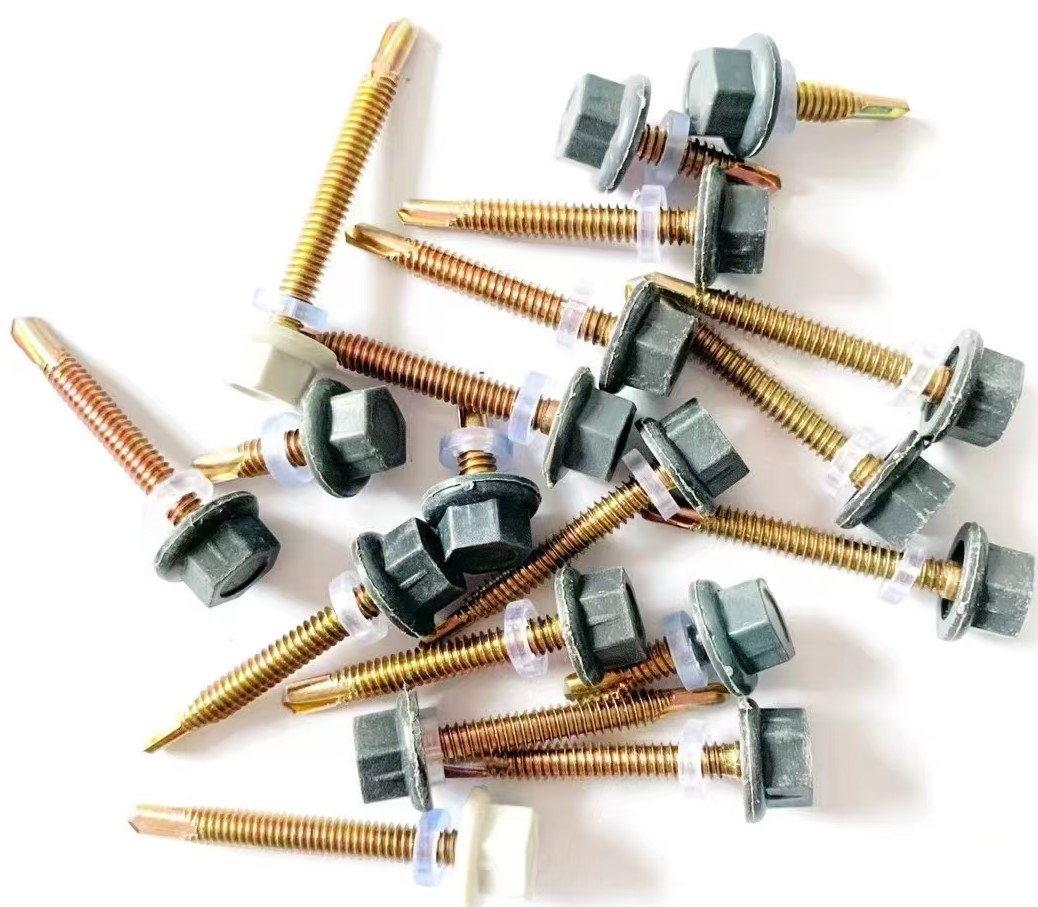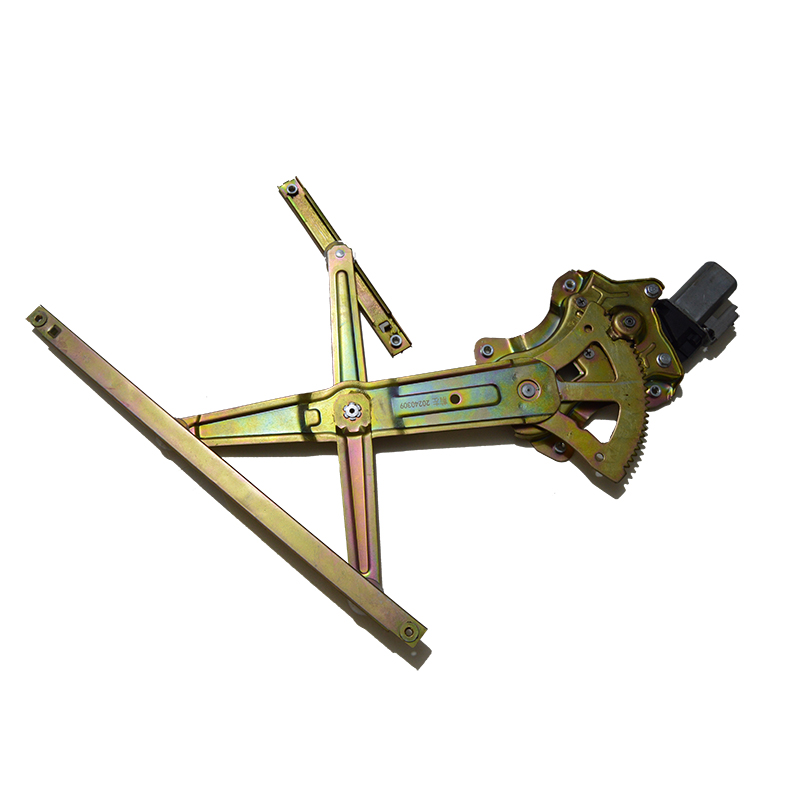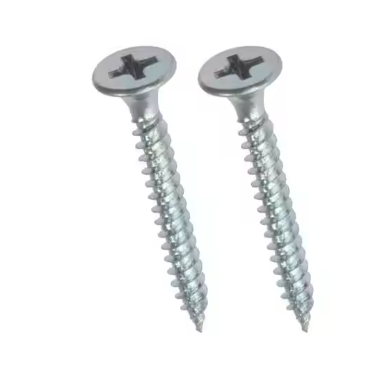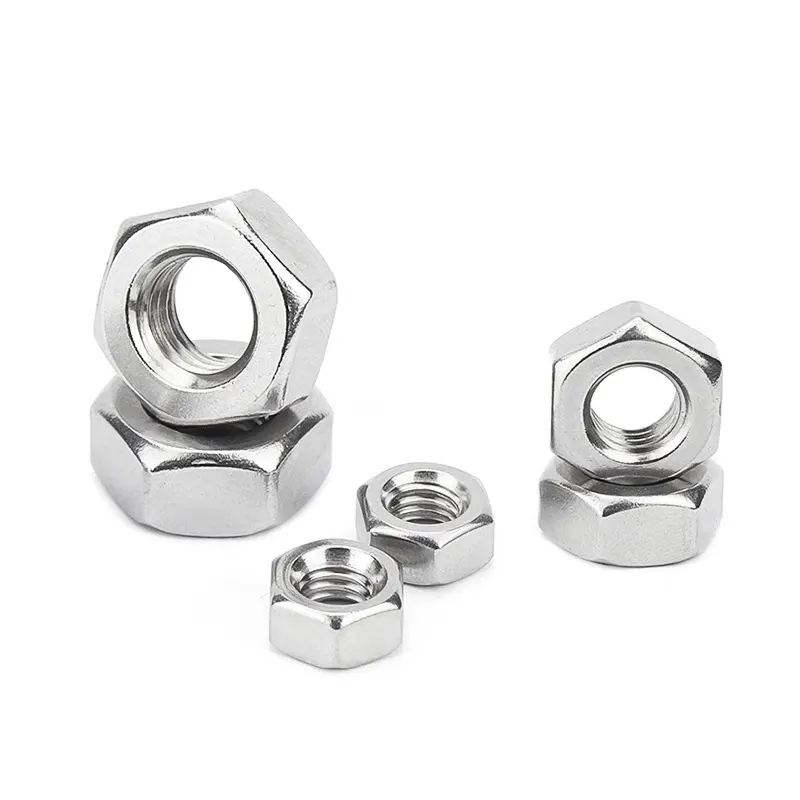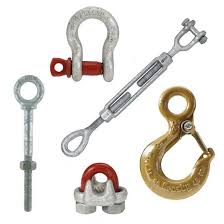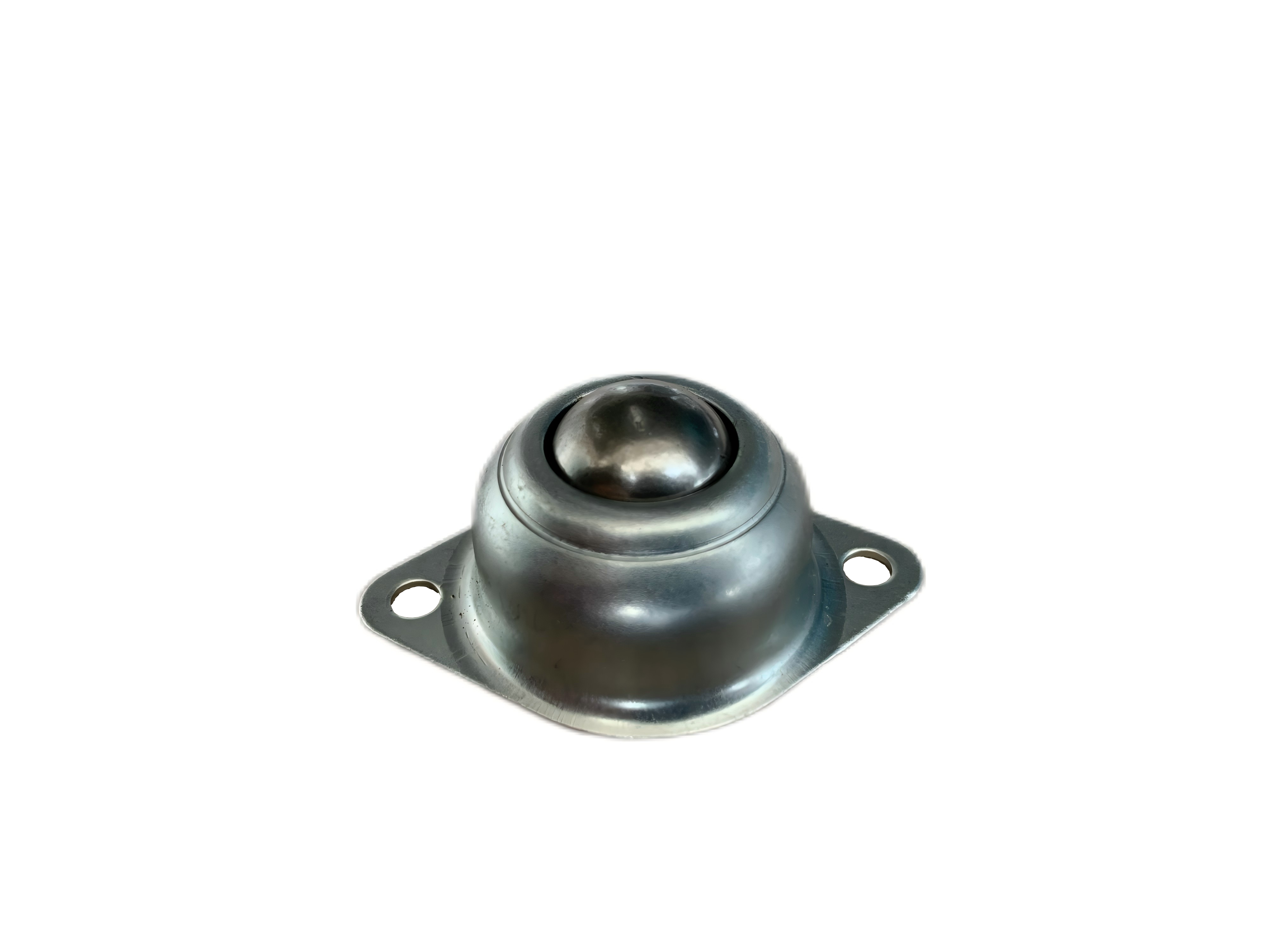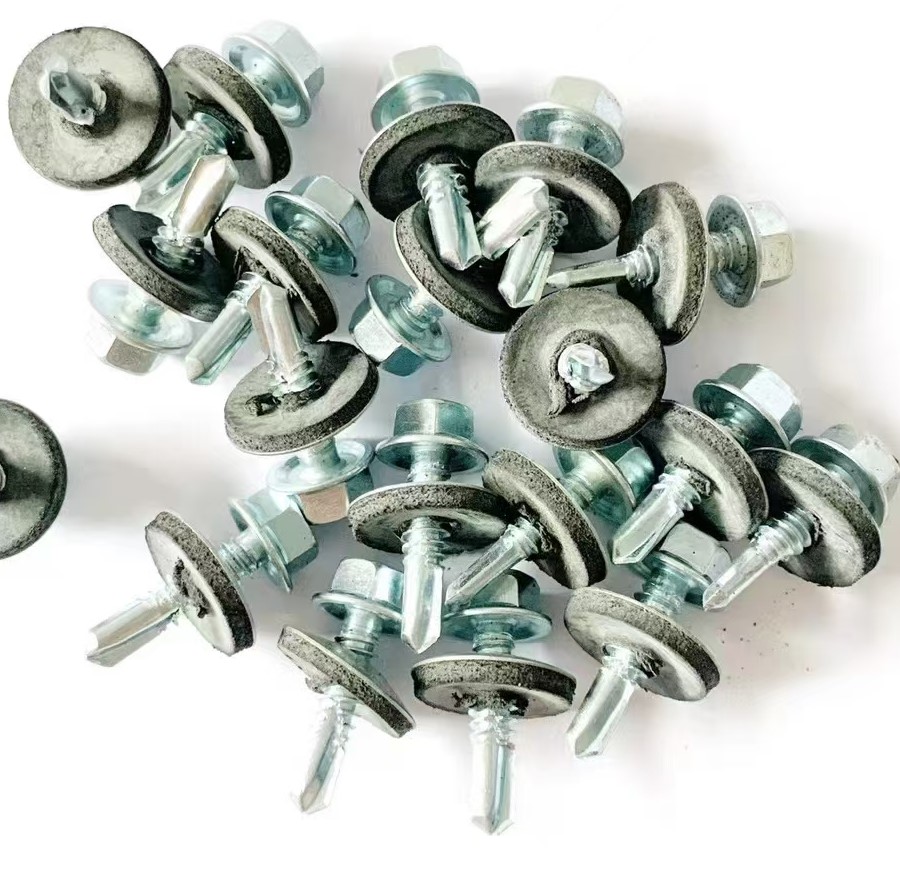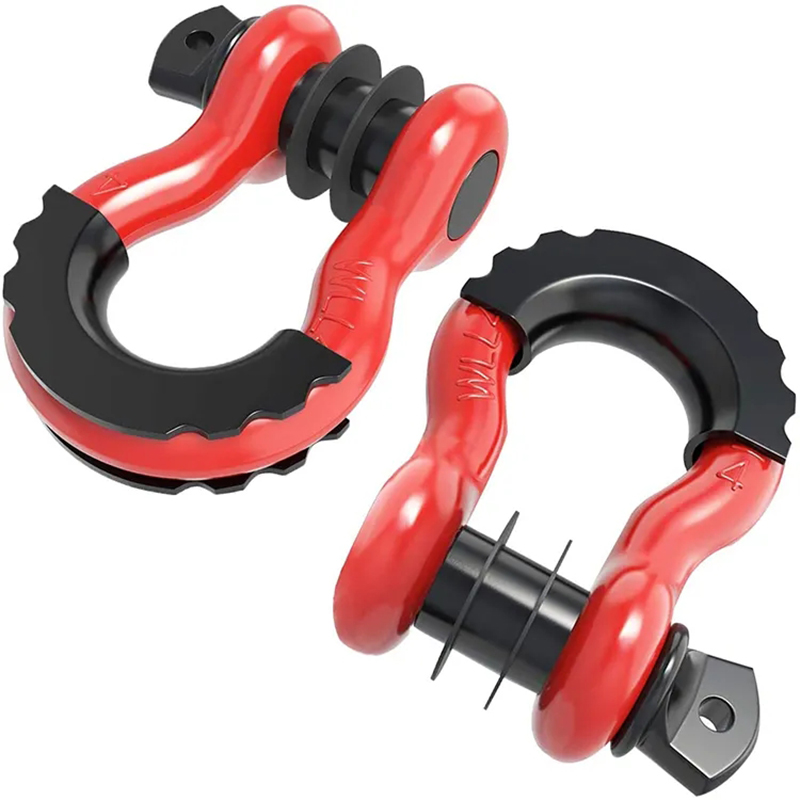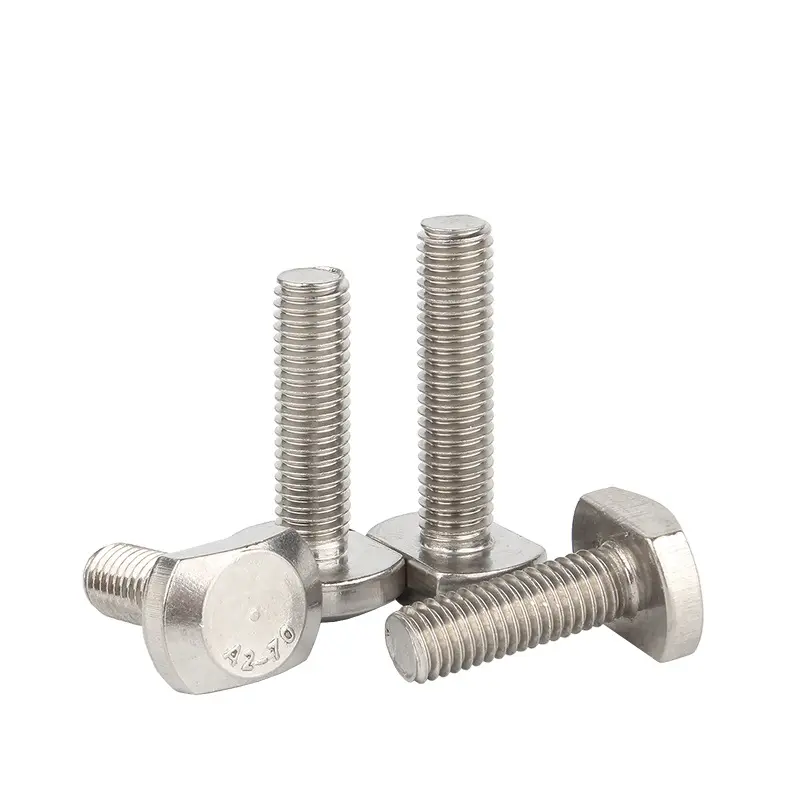

DIN 933 Hexagon Head Bolts: A Comprehensive GuideThis article provides a detailed overview of DIN 933 hexagon head bolts, covering their specifications, applications, materials, and quality assurance. We'll explore the key features that make them a reliable choice in various industries, and offer guidance on selecting the right bolt for your specific needs.
DIN 933 hexagon head bolts are a common type of fastening element widely used in various engineering and construction applications. Understanding their specifications and characteristics is crucial for ensuring structural integrity and project success. This guide aims to provide a thorough understanding of DIN 933 bolts, covering their properties, applications, and selection criteria.
The DIN 933 standard defines the dimensions and tolerances for these hexagon head bolts. Key parameters include the nominal diameter, thread length, head height, and wrench size. These specifications ensure interchangeability and consistent performance. Precise dimensions are crucial for ensuring a secure and reliable connection. Refer to the official DIN 933 standard for complete dimensional details. Variations exist depending on the bolt's material and grade. For instance, a DIN 933 bolt made from stainless steel will have slightly different properties compared to one made from carbon steel.
DIN 933 bolts are available in various materials, each with its own strength and corrosion resistance properties. Common materials include carbon steel, stainless steel (e.g., A2, A4), and alloy steels. The choice of material depends heavily on the application's environmental conditions and the required load-bearing capacity. For example, stainless steel DIN 933 bolts are ideal for applications exposed to corrosive environments, whereas carbon steel is suitable for less demanding applications.
| Material | Strength | Corrosion Resistance | Typical Applications |
|---|---|---|---|
| Carbon Steel | High | Low | General purpose, indoor use |
| Stainless Steel (A2) | High | Good | Outdoor applications, corrosive environments |
| Stainless Steel (A4) | Very High | Excellent | High-stress applications, severe corrosive environments |
Table 1: Material Properties of DIN 933 Bolts
DIN 933 hexagon head bolts find applications across various industries, including:
Their versatility stems from their robust design and wide range of available materials and sizes. The choice of a specific DIN 933 bolt depends on the application's load requirements, environmental factors, and material compatibility.
Ensuring the quality of DIN 933 bolts is crucial for maintaining structural integrity. Manufacturers adhere to strict quality control procedures, including material testing, dimensional checks, and strength verification. Testing might involve tensile strength tests, hardness tests, and corrosion resistance tests. Compliance with the DIN 933 standard ensures consistent quality and reliability.
Choosing the appropriate DIN 933 bolt requires careful consideration of several factors including the required tensile strength, the material of the bolt, the type of application, and the environmental conditions. A thorough understanding of these factors will help ensure the selection of a bolt that meets or exceeds the requirements of your project. For assistance with selecting the right DIN 933 bolt for your needs, consider contacting a reputable supplier like Hebei Dewell Metal Products Co., LTD.
1 DIN 933 Standard (Obtainable from relevant standards organizations)

